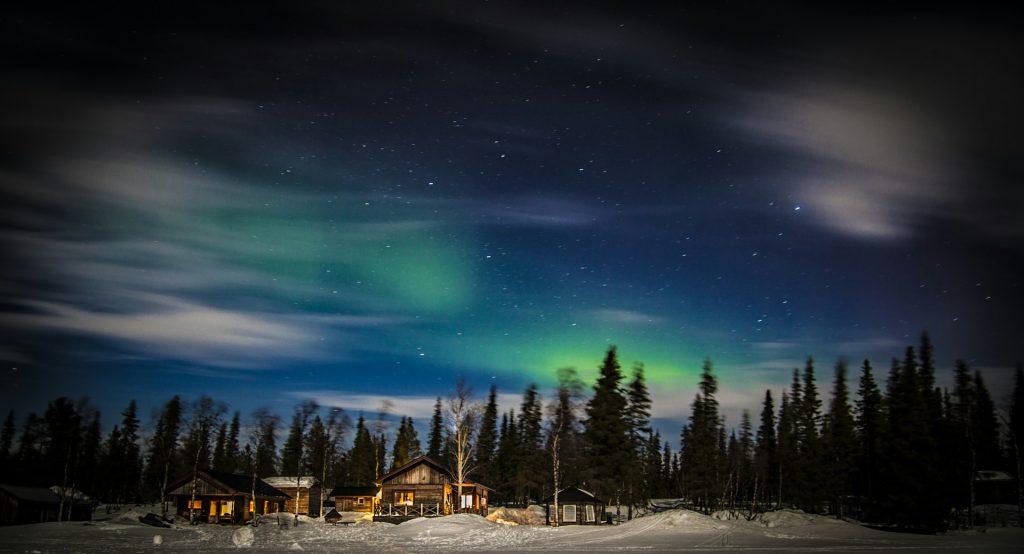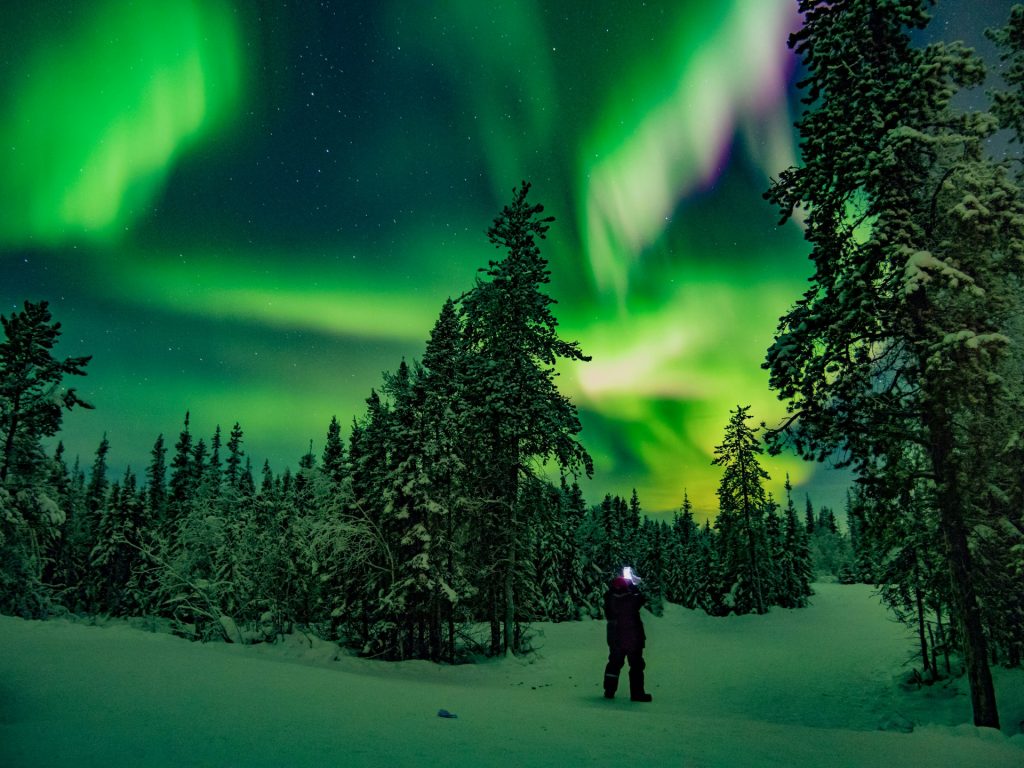Have you ever dreamed of watching the sky come alive with incredible ribbons of color? The Northern Lights, or aurora borealis, are one of the most magical natural phenomena you can experience on Earth. Not just a pretty sight, these celestial displays are the result of high-energy interactions between the sun and our planet. Intrigued? Read on to discover the secrets behind the Northern Lights and discover the best ways to see them for yourself.

What Are the Northern Lights?
The Northern Lights are a natural light display predominantly seen in high-latitude regions around the Arctic. These luminous patterns are created by collisions between charged particles from the sun and molecules in Earth’s atmosphere. As these energized particles travel along Earth’s magnetic field lines, they collide with gases like oxygen and nitrogen, causing them to glow in radiant colors.
The Science Behind the Spectacle
At any given moment, the sun ejects a stream of charged particles, known as the solar wind. When these particles reach Earth, they are guided by the planet’s magnetic field towards the poles. Here, they interact with gases in the atmosphere, creating the aurora. The specific colors you see depend on the type of gas involved in the collision. Oxygen, for instance, emits green and red light, while nitrogen produces purples and blues.
As Billy Teets, director of Dyer Observatory at Vanderbilt University, explains, “Every type of atom or molecule, whether it’s atomic hydrogen or a molecule like carbon dioxide, absorbs and radiates its own unique set of colors, which is analogous to how every human being has a unique set of fingerprints.”
The Dynamic Dance of the Northern Lights
The Northern Lights are not a static phenomenon; they constantly change in shape and movement. These changes are influenced by the varying conditions of the solar wind and Earth’s magnetic field. The resulting patterns can tell scientists a great deal about the physics occurring in space and the behavior of our planet’s magnetic field.
Auroras and Space Weather
Auroras are a visual manifestation of space weather, which encompasses all the phenomena associated with the interaction between the sun and Earth’s magnetosphere. Understanding auroras helps scientists protect technology on Earth and in space from the effects of solar storms. The data gathered from studying auroras can inform us about the density, composition, and flow speeds of particles in the upper atmosphere, as well as the electrical currents present there.

Solar Cycles and Aurora Activity
The intensity and frequency of auroras are tied to the solar cycle, an approximately 11-year period during which the sun’s activity waxes and wanes. During solar maximum, when the sun’s activity is at its peak, auroras are more frequent and vivid. We are currently approaching a solar maximum, expected to peak between early 2024 and late 2025, making now the perfect time to plan your aurora-watching adventure.
Frédéric Clette, a solar physicist, notes, “The next few years will be the most favorable for auroral sightings.” NOAA’s Space Weather Prediction Center suggests that solar maximum may occur between January and October 2024.
How to See the Northern Lights
Seeing the Northern Lights in person is a bucket-list experience for many. To maximize your chances, you need to be in the right place at the right time. The “auroral zone,” an area within a 1,550-mile radius of the North Pole, is where auroras are most commonly seen.
Best Locations for Northern Lights Viewing
Some of the best spots within the auroral zone include:
- Fairbanks, Alaska
- Yellowknife, Canada
- Tromsø, Norway
- Abisko National Park, Sweden
- Rovaniemi, Finland
- Iceland
These destinations offer a combination of high aurora activity and accessible infrastructure, making them ideal for travelers. The best time to visit is between September and April, when the skies are dark enough to see the lights. Aim for clear nights away from city lights, typically between 9 p.m. and 3 a.m.
Beyond Earth: Auroras on Other Planets
Auroras are not unique to Earth; they have been observed on other planets too. Any planet with an atmosphere and a magnetic field can host auroras. For example, Jupiter’s auroras are incredibly bright, fueled by particles from its volcanic moon Io, while auroras have also been detected on Saturn, Uranus, Neptune, and even Mars.
Jeff Regester, an astronomy instructor, highlights, “Auroras have been seen in the atmospheres of all the gas giant planets, which is not surprising, since these planets all have robust magnetic fields. More surprisingly, auroras have also been discovered on both Venus and Mars, both of which have very weak magnetic fields.”
The Southern Lights and STEVE
The Southern Hemisphere has its own version of the Northern Lights, known as the aurora australis. These occur simultaneously with the northern lights, though sometimes with slight differences due to the sun’s magnetic field interacting with Earth’s.
Additionally, there is another fascinating phenomenon called STEVE (Strong Thermal Emission Velocity Enhancement). Unlike typical auroras, STEVE appears as a narrow, distinct purple arc often accompanied by a green picket-fence structure. It’s visible at lower latitudes than auroras and is a hybrid created by both auroral processes and the heating of charged particles in the upper atmosphere.
A Glimpse into the Future
Astronomers have even detected auroral activity beyond our solar system. Radio waves from red dwarfs suggest aurora-like events driven by particles from nearby planets. These findings could help in discovering new exoplanets and understanding their atmospheres.
As Joseph Callingham, a radio astronomer, puts it, “Our model for this radio emission from our stars is a scaled-up version of Jupiter and Io, with a planet enveloped in the magnetic field of a star, feeding material into vast currents that similarly power bright aurorae.”

The Northern Lights are a stunning reminder of the dynamic and interconnected nature of our solar system. As we approach the peak of the solar cycle, there’s no better time to plan your journey to witness this awe-inspiring spectacle. Whether you’re a seasoned skywatcher or a curious traveler, seeing the Northern Lights is an experience that will stay with you forever. So pack your bags, head north, and get ready to be mesmerized by the greatest light show on Earth!





